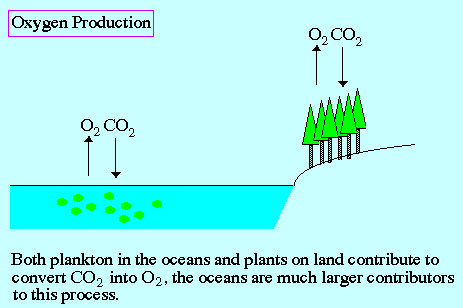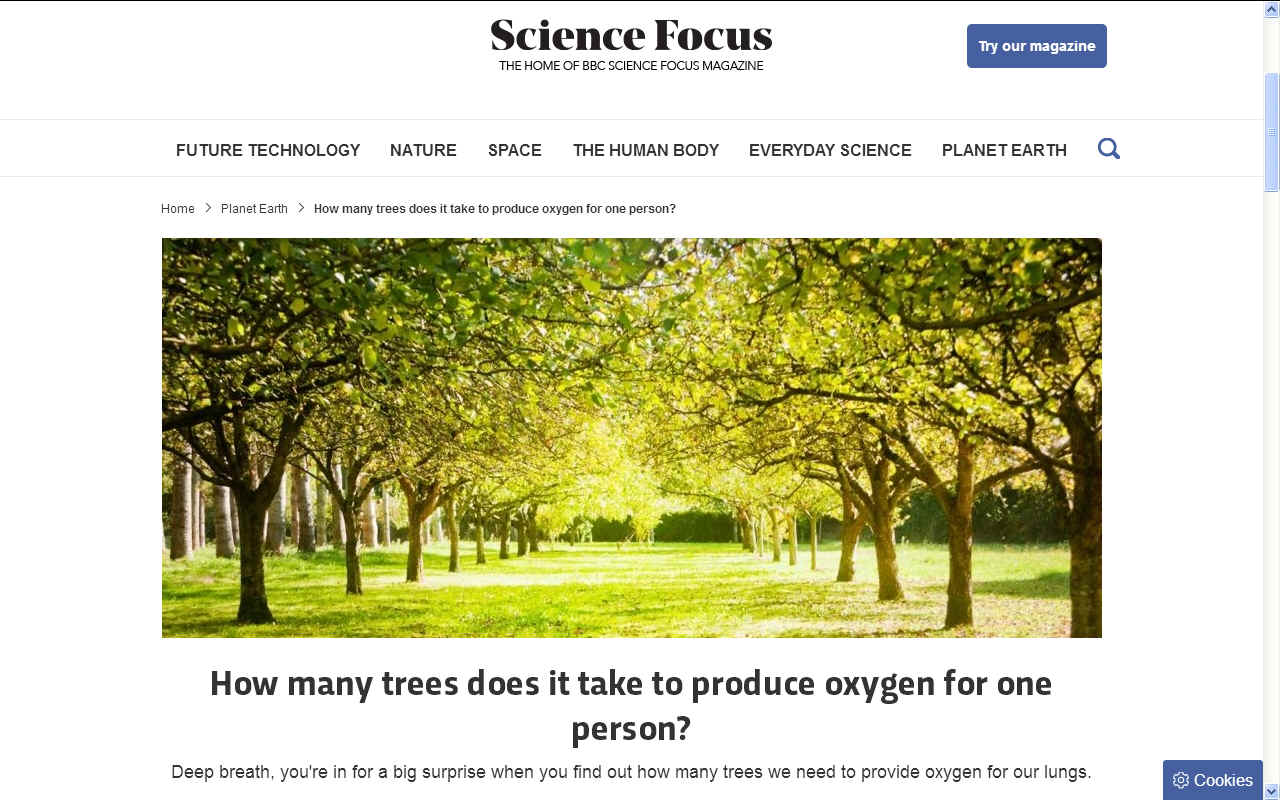|
AIR QUALITY
Please use our A-Z INDEX to navigate this site where page links may lead to other sites, or see HOME
|
|
We take the air we breathe for granted. Dry air is a complicated mixture of gases by volume including:
78.09% nitrogen 20.95% oxygen 0.93% argon 0.04% carbon dioxide
and small amounts of other gases.
Air also contains a variable amount of water vapor, on average around 1% at sea level, and 0.4% over the entire atmosphere.
Without that 21% of oxygen in the air we'd not be able to breathe to oxygenate out blood to make our muscles work for us - and we could not use our brain to think.
Oxygen in air is also vital for burning wood, coal and for internal combustion engines. A lot depends on the continued production and quality of air in a sustainable society.
Fortunately, trees and phytoplankton produce oxygen for us to breathe, in that respiration process trees lock up carbon dioxide to build a useful material called wood.
A
study from 2015 suggests that global warming
threatens oxygen production by phytoplankton. The study led by Sergei Petrovskii, Professor in Applied Mathematics from the University of Leicester's Department of Mathematics, has shown that an increase in the
water temperature of the world's oceans of around six degrees Celsius
- which some scientists predict could occur as soon as 2100 - could stop oxygen production by phytoplankton by disrupting the process of
photosynthesis. ..
LINKS & REFERENCES
http://wwf.panda.org/our_work/oceans/ https://www.sciencedaily.com/releases/2015/12/151201094120.htm http://www.blue-growth.org
TREES
FOR HUMAN BREATHING
-
On average, one tree produces nearly 260 pounds of oxygen each year or 118 kilograms.
A human breathes about 9.5 tonnes of air in a year, about 23 percent of that is oxygen, by mass. We extract a little over a third of the oxygen from each breath. That works out to a total of about 740kg of oxygen per year. Which is, very roughly, six or seven trees’ worth.
Please use our A-Z INDEX to navigate this site
|
|
|
This website is provided on a free basis as a public information service. copyright © Climate Change Trust 2021. Solar Studios, BN271RF, United Kingdom.
|

